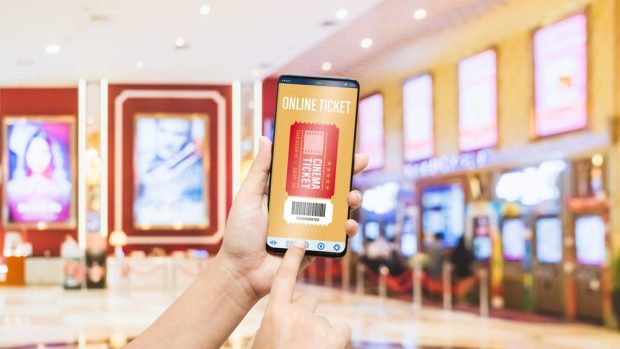Here’s How ‘Hyper-Personalized’ Digital Loyalty Programs Look

Technology rarely sits in the back seat, but for next-generation loyalty plans, that’s the case.
While much has been made about the disruption that technology and the great digital shift have made in commerce and financial services, Mladen Vladic, general manager of loyalty services at FIS, told PYMNTS that when it comes to designing loyalty programs, technology is secondary.
“When we think about consumer engagement,” he said, “the advancements in technology are tools to enable new expectations from the consumer.”
The consumer, he added, expects to be engaged in a different way — an outgrowth of the pandemic, where financial services has made the leap into digital channels and loyalty programs are moving far beyond “earn and burn” points programs of years past (there’s a place for those legacy offerings, but it’s diminishing).
The legacy model is lacking in immediacy. A consumer who is “rewarded” an iPad must wait a week or so for it to arrive in the mail. But that same consumer, who uses Amazon Prime, is used to getting things in a day, or even through same-day delivery.
But now we’re headed toward micro-experiences that travel with the consumer as they live their daily lives.
“Technology makes the job of marketing a little bit easier,” he said.
Getting It Right
The brands that get it right, Vladic said, are thriving, even in an environment marked by a slowing economy and rising interest rates. The key, he said, lies with taking a holistic approach to consumer engagement that is contextual and highly curated.
Getting there requires mining data, with the goal of giving rise to highly personalized and relevant offers in real time, so that loyalty becomes an embedded experience within the broader payments journey that a cardholder has with the brand. Along the way, providers (including FIS), can help customers monetize their loyalty currency in ways that make sure enterprises are relevant.
Moving to Hyper-Personalization
The earlier iterations of loyalty programs — let’s call them Gen 1.0 — started with blanket approaches, with consumers going to a spate of offers “walls” and selecting what they wanted. The new approach is to examine transaction history to forge hyper-personalized offers and micro-experiences, such as VIP invites to concerts or other live events. Loyalty programs, he said, can also act as a form of “payment tender” for the consumers who may be grappling with macro pressures.
Micro-experiences are tied to micro-messaging, Vladic said, and are embedded in the payments ecosystem. He offered the example of an airline/bank sending along a Starbucks gift card to a passenger’s mobile device when their flight is late and they are stuck at the airport (and they have assistance to rebook the flight, too).
“It’s contextual and provides an experience that drives more affinity to the brand that’s promoting and funding that experience,” he said. Such micro-engagements, he said, build trust — the critical glue of any information.
“That trust is earned,” he said, as brands start with information and consumer consent to prove the enterprises know the individuals and understand their preferences.
“If I give you information and you use that information in a meaningful way,” Vladic said, “then I am willing to give you more information.”
Looking ahead, Vladic said that the enterprises that gain wallet share and mindshare over the next few years are going to be the ones that think about emotional loyalty that goes beyond transactional loyalty, and uses tech, micro-services and micro-messaging to get there.
In the world that is emerging from the pandemic, he said, “being digital first is an absolute necessity — and it’s a mainstream expectation today. If you’re not digital first, you are not going to be noticed and the brand is going to struggle.”
